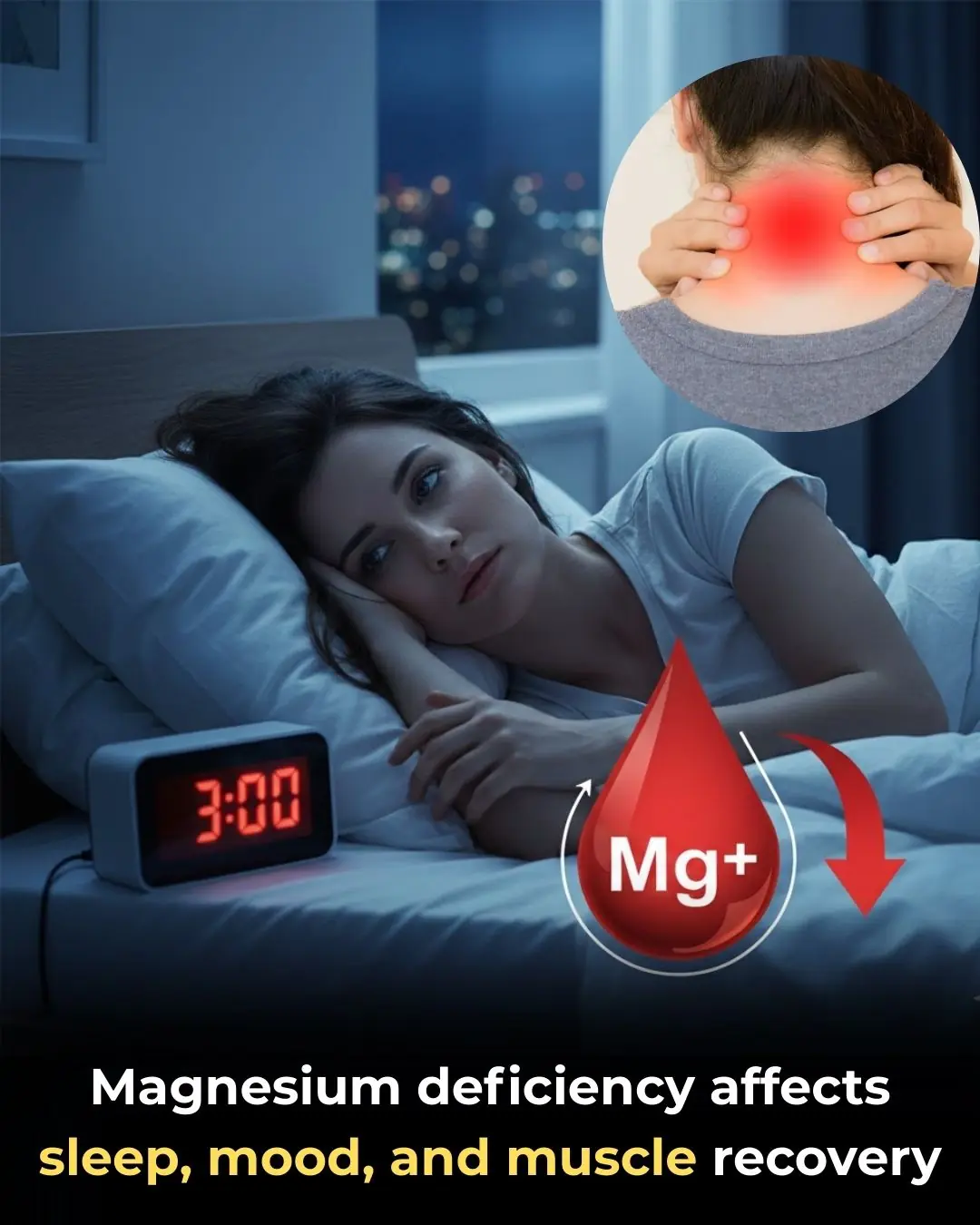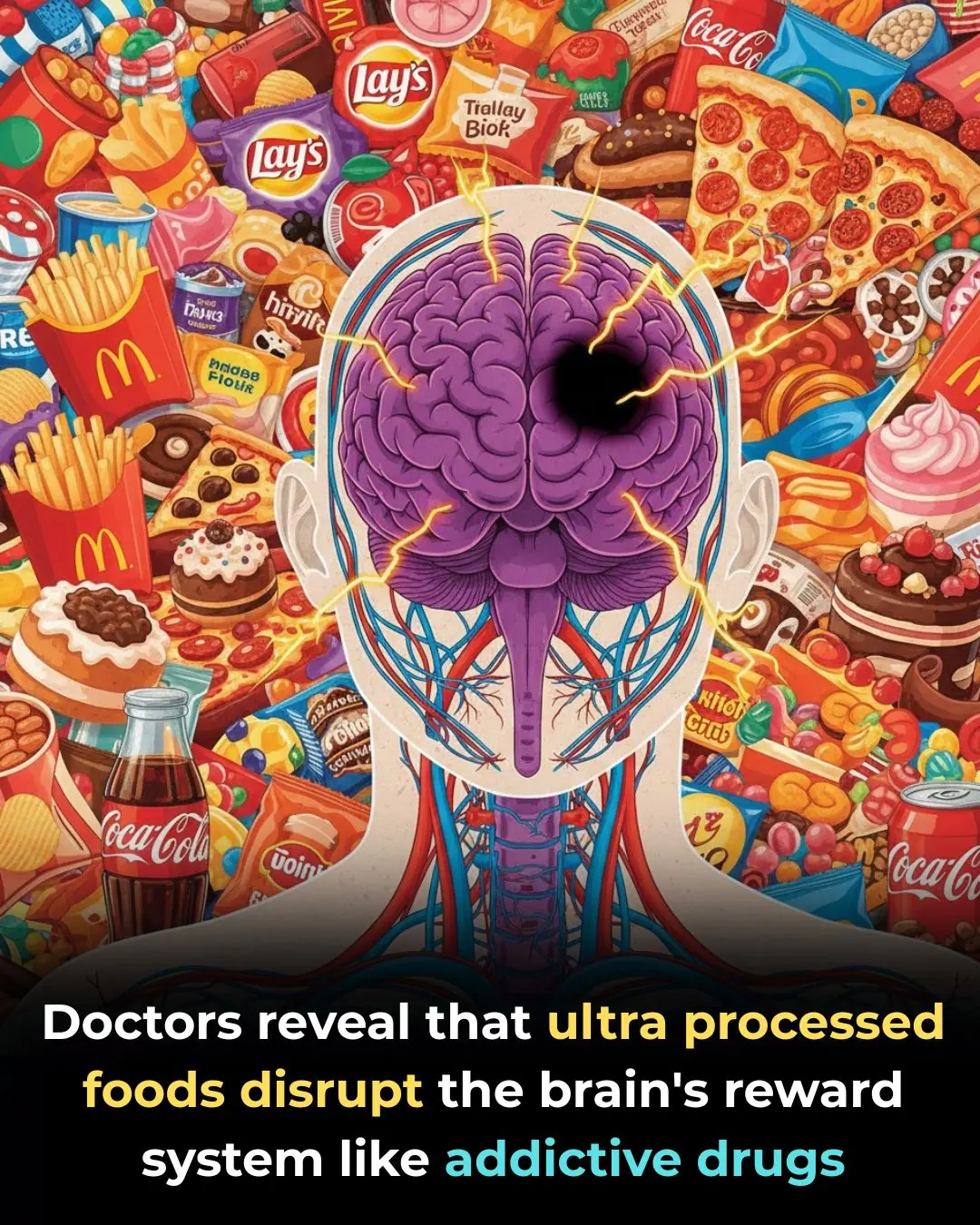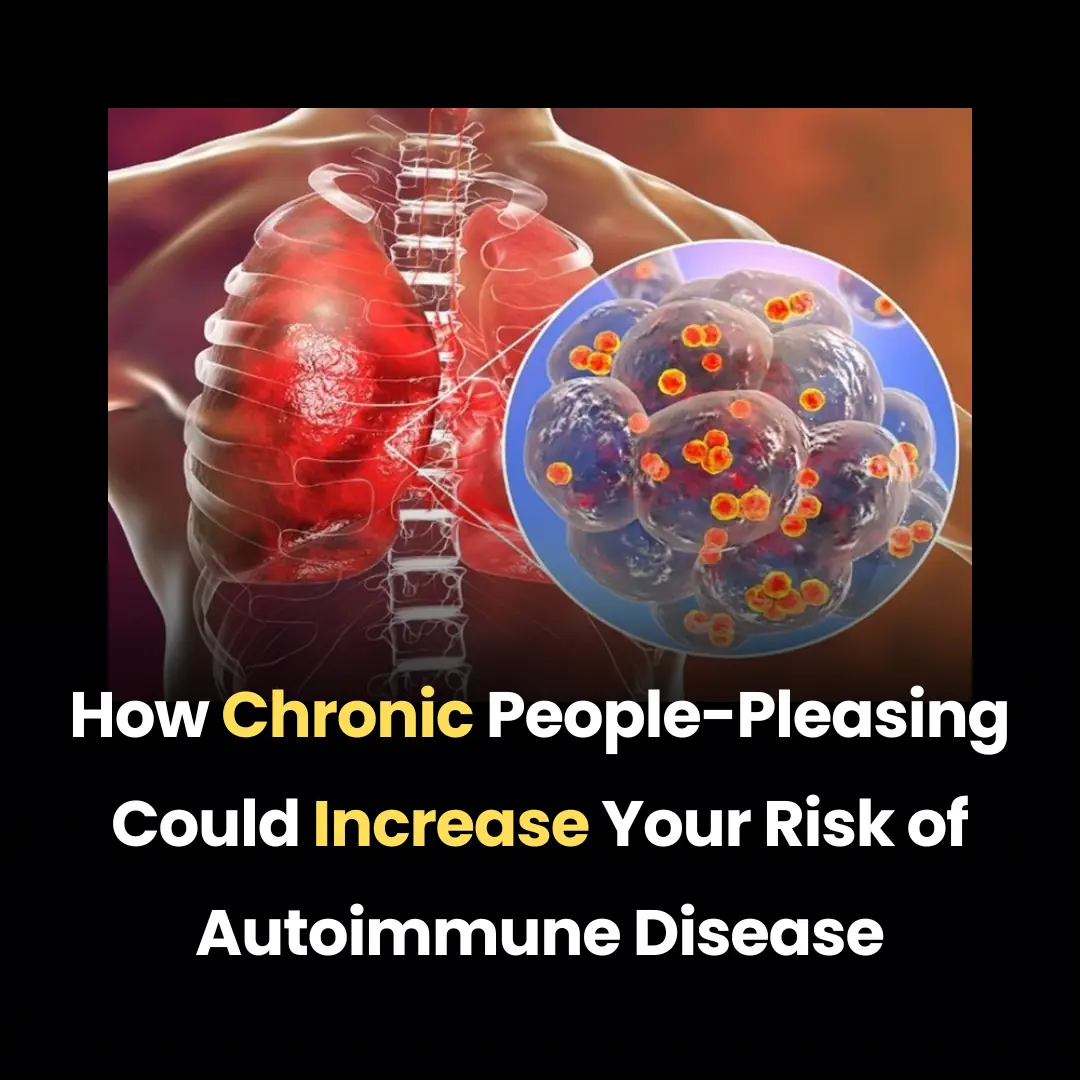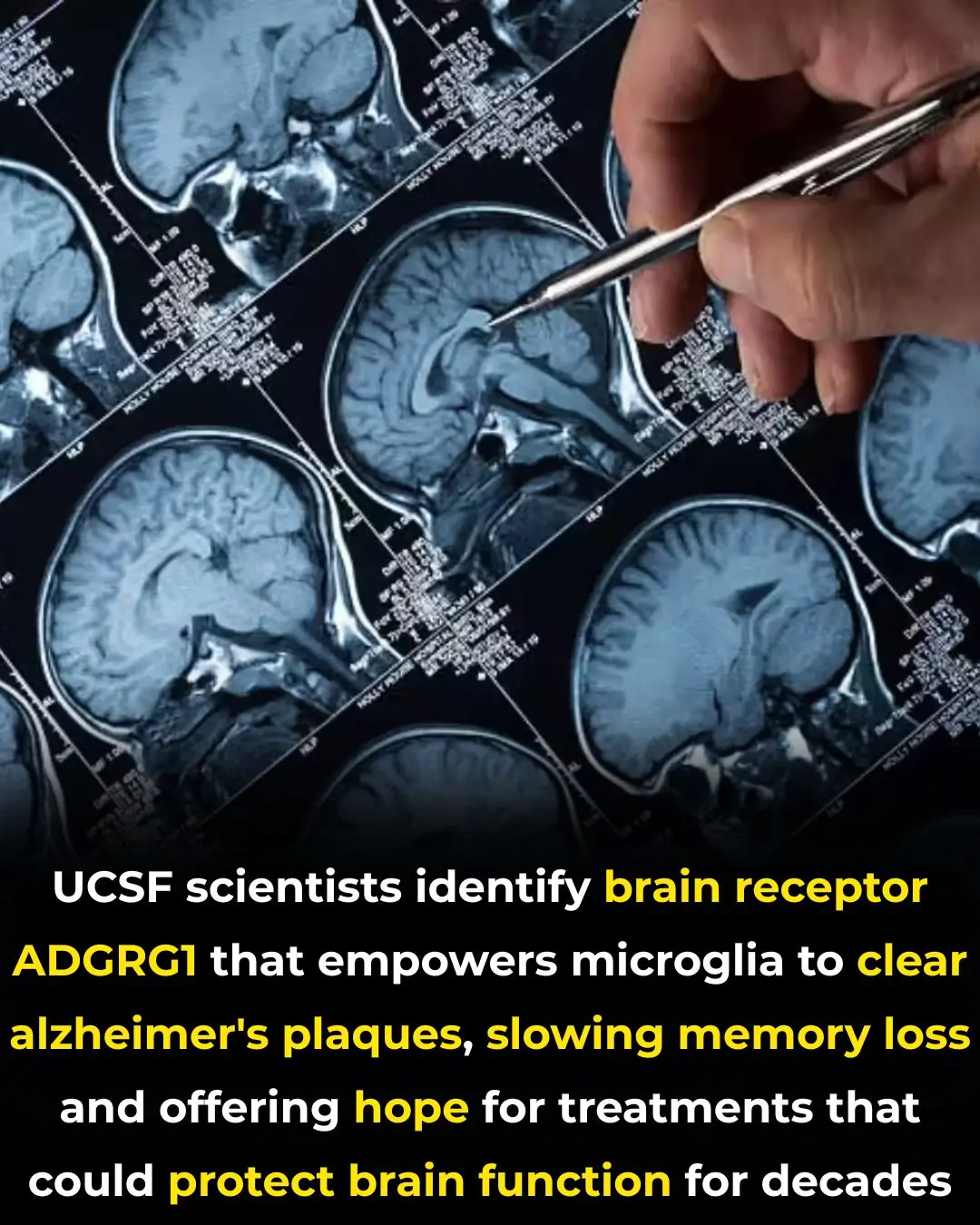
🧠 The Anxiety Circuit: Discovery of a Neural Pathway That Functions as an On/Off Switch for Fear
Anxiety disorders are among the most prevalent mental health conditions globally, characterized by excessive worry and debilitating fear responses. While the neurobiology of anxiety is known to be complex, involving multiple brain regions, researchers have recently achieved a breakthrough that provides unprecedented clarity: the discovery of a tiny, specific neural pathway in the brain that functions as a rapid on/off switch for anxiety and fear signals.
This finding moves beyond general theories of mood regulation, offering a precise, high-speed mechanism that dictates the instant activation or deactivation of acute stress responses. The potential implications for developing faster and safer treatments for panic disorder, phobias, and chronic stress are immense.
Identifying the High-Speed Fear Circuit
The newly identified pathway is believed to be a critical component of the brain’s immediate danger assessment system. It links key regions involved in processing emotions and coordinating defensive behaviors. While the exact structures can vary depending on the specific study, the core circuitry typically involves communication between the prefrontal cortex (responsible for cognitive control and decision-making) and the amygdala (the brain's primary alarm center, which processes fear and threat).
The key discovery is the high-speed nature of this connection. When activated, this specific pathway rapidly transmits signals that instantly trigger fear and panic. This explains the sudden, overwhelming onset of anxiety or a panic attack, where the feeling of intense threat seems to bypass rational thought entirely.
The Mechanism of the "Switch"
Researchers demonstrated that they could manipulate the activity of this pathway with remarkable speed and precision, effectively acting as a toggle switch:
-
"Anxiety On" (Activation): When the neurons in this specific circuit are artificially stimulated (e.g., using optogenetics or chemogenetics in animal models), the instantaneous surge in neural activity immediately induces signs of acute anxiety and defensive behaviors. This stimulation mimics the rapid firing that occurs when a threat is perceived.
-
"Anxiety Off" (Deactivation): Conversely, when the activity of these neurons is suppressed or "turned off," the anxiety and fear responses stop almost immediately. The subject is instantly relieved of the threat response, suggesting that this pathway is necessary for the sustained, acute manifestation of the fear signal.
This ability to instantaneously arrest a fear response provides a definitive target for therapeutic intervention.
Implications for Treatment and Therapeutics
Current pharmacological treatments for anxiety often work broadly on neurotransmitter systems (like serotonin or GABA) and can take weeks to take effect, often accompanied by undesirable side effects. The discovery of this precise on/off switch offers a route for developing highly targeted, rapid-acting treatments.
The research paves the way for several therapeutic avenues:
-
Fast-Acting Pharmaceuticals: Developing drugs that specifically modulate the activity of the receptors unique to this pathway, offering immediate relief from acute panic attacks.
-
Targeted Neuromodulation: Exploring non-pharmacological interventions, such as transcranial magnetic stimulation (TMS) or deep brain stimulation (DBS), to dampen the excitability of this specific circuit in patients with severe, treatment-resistant anxiety disorders.
-
Behavioral Therapies: Understanding the precise neural route may also enhance the efficacy of behavioral therapies, such as exposure therapy, by identifying the exact circuitry that needs to be "rewired" or controlled by the prefrontal cortex.
By pinpointing the anatomical and molecular mechanism underlying acute fear, this research transforms our understanding of anxiety from a diffuse mood state to a specific, addressable neural circuit. It represents a major medical milestone that promises to bring faster, safer, and more effective relief to millions suffering from debilitating panic and stress.
📚 References
-
Nature / Science: (Leading peer-reviewed journals for publishing breakthroughs in neuroscience and brain circuitry studies).
-
National Institute of Mental Health (NIMH): (Official source for research on anxiety disorders and novel therapeutic targets).
-
Biological Psychiatry / Cell: (Academic journals detailing the specific neural circuits and cellular mechanisms underlying fear and anxiety regulation).
News in the same category


🚶 The Power of Post-Meal Movement: Why a Ten-Minute Walk is a Game-Changer for Blood Sugar Control

✨ The Unsung Mineral: How Magnesium Deficiency Compromises Nerve Signaling and Undermines Holistic Health

🎮 The Virtual Battlefield: How the British Army is Leveraging Call of Duty for Next-Generation Tactical Training

🍔 The Hijacked Brain: How Ultra-Processed Foods Mimic Addiction and Disrupt Decision-Making

How Chronic People-Pleasing Could Increase Your Risk of Autoimmune Disease

Autophagy: How Your Body's 'Self-Cleaning' Process Boosts Health and Longevity

Groundbreaking Stem Cell Therapy Reverses Type 1 Diabetes, Restoring Natural Insulin Production

Breakthrough Ready-Made Immune Cell Therapy Shows Promise in Treating Advanced Kidney Cancer

Early Detection of Testicular Cancer: The Key to Saving Lives in Young Men

New Research Shows Coffee Consumption Can Reduce Liver Cancer Risk by 43%

Why Do We Get Shocked by Static Electricity

What Clearing the Table Says About You

What is their purpose in doing so?

🛁 Say Goodbye to the Shower: Japan Unveils the 15-Minute "Human Washing Machine"

Fingerprint Individuality: A Story Written by Biology, Environment, and Chance

Northwestern Study Reveals Hidden Dangers in Youth Skincare Influencer Culture

Scientists Discover a Brain Receptor That Acts as a Natural Shield Against Alzheimer’s

A Fluorescent Breakthrough: New Dye Helps Surgeons Precisely Target Prostate Cancer
News Post

Put aluminum foil under the pillow before going to bed what happens

💉 The Future of Cardiac Screening: New Blood Test Detects Hidden Heart Disease Years Before Symptoms

🚶 The Power of Post-Meal Movement: Why a Ten-Minute Walk is a Game-Changer for Blood Sugar Control

✨ The Unsung Mineral: How Magnesium Deficiency Compromises Nerve Signaling and Undermines Holistic Health

🎮 The Virtual Battlefield: How the British Army is Leveraging Call of Duty for Next-Generation Tactical Training

🍔 The Hijacked Brain: How Ultra-Processed Foods Mimic Addiction and Disrupt Decision-Making

How Chronic People-Pleasing Could Increase Your Risk of Autoimmune Disease

Autophagy: How Your Body's 'Self-Cleaning' Process Boosts Health and Longevity

Groundbreaking Stem Cell Therapy Reverses Type 1 Diabetes, Restoring Natural Insulin Production

Breakthrough Ready-Made Immune Cell Therapy Shows Promise in Treating Advanced Kidney Cancer

Early Detection of Testicular Cancer: The Key to Saving Lives in Young Men

New Research Shows Coffee Consumption Can Reduce Liver Cancer Risk by 43%

Clothes are easily wrinkled when washed: Put something cheap in the machine when washing, the clothes will come out flat.

Refrigerator leaks water, slows down cooling: Women can learn how to fix it themselves, no need to call a technician

Why Do We Get Shocked by Static Electricity

What Clearing the Table Says About You

The Magic of Lemon Juice and Activated Charcoal: Natural DIY Solutions for Skin and Teeth

Improve Eyesight Naturally With Onion Tea: Benefits, Uses & How to Make It
